
BY SHAILENDRA JAYAL
FORMER, CHIEF GENERAL MANAGER
STEEL AUTHORITY OF INDIA LIMITED (SAIL)
DURGAPUR, 8 MARCH 2023:
I got a chance to visit South Korea and Australia in December, 2008 and must say how contrasting the two countries were in terms of their location, people, culture and society. Even the weather in Korea was cold while it was pleasant summers in Australia. We stayed around a week each in both the countries starting with South Korea.
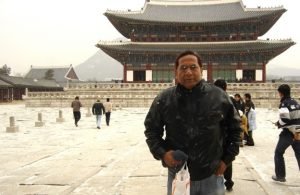
As we came out of the temperature controlled insides of the Seoul Airport we were hit hard by the minus 11 degrees Celcius outside temperature. It was an unnerving experience as the body, not used to such extreme temperatures went numb. Fortunately, I was wearing a leather jacket, which I zipped tight to prevent cold from hitting me.
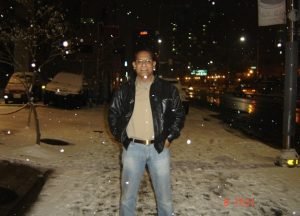
All through during our stay there the temperature remained in minus, ranging from -2 to -21, though after a couple of days we got accustomed to encounter it by wearing warm inners.

South Korea, ravaged by the Korean war in forties, has gradually built it’s vast and beautiful infrastructure to be counted amongst the most modern and developed economies in the world. We saw the Hyundai Heavy Industries, which has been developed in a quiet and small fishing village, and was then the world’s largest shipyard. Since, we were from the Steel plant background, we went to POSCO (Pohang Steel Company), which is one of the most modern steel plants of the world. Their pollution control and safety systems were world class, which we experienced ourselves during our visit to one of their Mills. Our visit to the Sung Kyun Kwan University was equally interesting. It was first established as a Royal Academy in 1398 AD and initiated higher education during Joseon Dynasty (1392 – 1910) and has now progressed into a world class research and education center.

We went to the Digital Media City, which was nearing completion at Mapogu, Seoul and would be one of the most advanced media cities after it’s completion on a total area of about 5,70,000 sq.m.

We also went to Ulsan and Pohang during our stay there and the development was seen to be believed. We saw one of their ancient palaces, which has been preserved very nicely. Extremely disciplined and courteous, Koreans are proud of their country and are extremely hard working. We saw many markets which remain open 24/7 and during night time the entire Seoul is bathed in beautiful lights with quite a few people moving around.
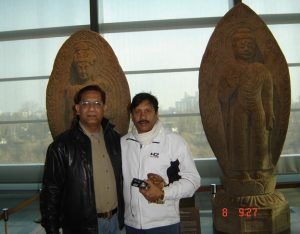
They take the cold climate in their stride and even seem to enjoy it. They are very serious about their jobs as when we were having a discussion with the Confederation of Korean Industry, the Korean speaker had a detailed knowledge about the Indian Industry too. They appear to have a strong nationalist feeling and innate desire to be the best in whatever they do to make their country grow faster and better. Really, there’s a lot to learn from them as to how to contribute in every possible way to make their nation great. Their systems for making roads, pavements, buildings and other facets of infrastructure are really worthy of emulation. Despite the fact that there is practically no vegetation during winters (in most of the country) as one could see every tree bereft of all leaves, there appeared to be no impact on everyday life of Koreans. The population, presently is about 5 crores and has marginally reduced during the past two years.

We saw a couple of old villages, which looked beautiful, well preserved and maintained. Well, Seoul though appeared like a concrete jungle with massive infrastructure including huge buildings, roads, pavements etc. but still they have much less pollution.

And the most striking thing is the cleanliness they maintain everywhere, be it markets, pavements, roads etc. and as we left for the airport on the last day we wondered when in India we’ll have everybody on the same page in tackling the problems of garbage disposal, as well as sewage treatment and disposal – the two most severe problems facing every city, town, village and the rivers.

We left for Sydney, Australia and the first meeting was with the Indian Counsel General, Sydney and subsequently went to One Steel Co, Australian School of Business and other business organisations including Gujarat NRE Coke Limited, Wollongong, which was about 40 Kms from Sydney and owned by an Indian.

We also visited the Sydney Darling Harbour and the Sydney Aquarium, which are major tourist attractions. The other iconic places of tourist attraction we visited were the Sydney Harbour, Opera House and off course Bondi Beach. One should not miss the above mentioned attractions and are really worth watching. By the way, I forgot to mention the Sydney Zoo, which has over 4,000 animals and provides you with a very different experience than any other Zoo. One can touch and hold Koalas and Kangaroos and even the other less dangerous animals were kept in low-fenced enclosures.

Off-course, they have plenty of Zoo keepers, who were very friendly but constantly keep a watchful eye on the movement of tourists and animals. A couple of them even explain about the animals on portable mike, in detail. We also went to Melbourne, where we saw the famous MCG (Melbourne Cricket Ground) and Rod Laver Arena at Melbourne Park, where the Australian Open is played. Both the locations are not very far from each other.

Subsequently, we went to Phillip Island, where we saw the famous Penguin Parade. It was an out of the world experience as all lights were switched off and nobody was even allowed to take a pic with flash light.

As the night progressed, the penguins, very small in size (about one to one and a half feet) gradually started surfacing on the sea beach and heading towards their nest. Since they come in a line after one another gradually from the sea, it’s probably called the penguin parade. Hordes of tourists occupied vantage positions on their (penguins) way and watched in awe as the penguins trooped towards their nests.

Australia is a beautiful country (mainly the eastern coast, where the majority of population resides) and have some of the finest beaches and iconic tourist locations.

They have controlled their population, which is about 2.5 crores only, owing to a very strict immigration policy. Quite unlike South Koreans, Australians are boisterous and loud and not very docile towards South Asians and tourists need to be careful while interacting with them. Hopefully, things may have changed for the better during the intervening period of about 15 years.

Well, we returned from Melbourne via Seoul in Korean Airlines flight savouring the lovely experiences we had in both the countries.

Advertisement:
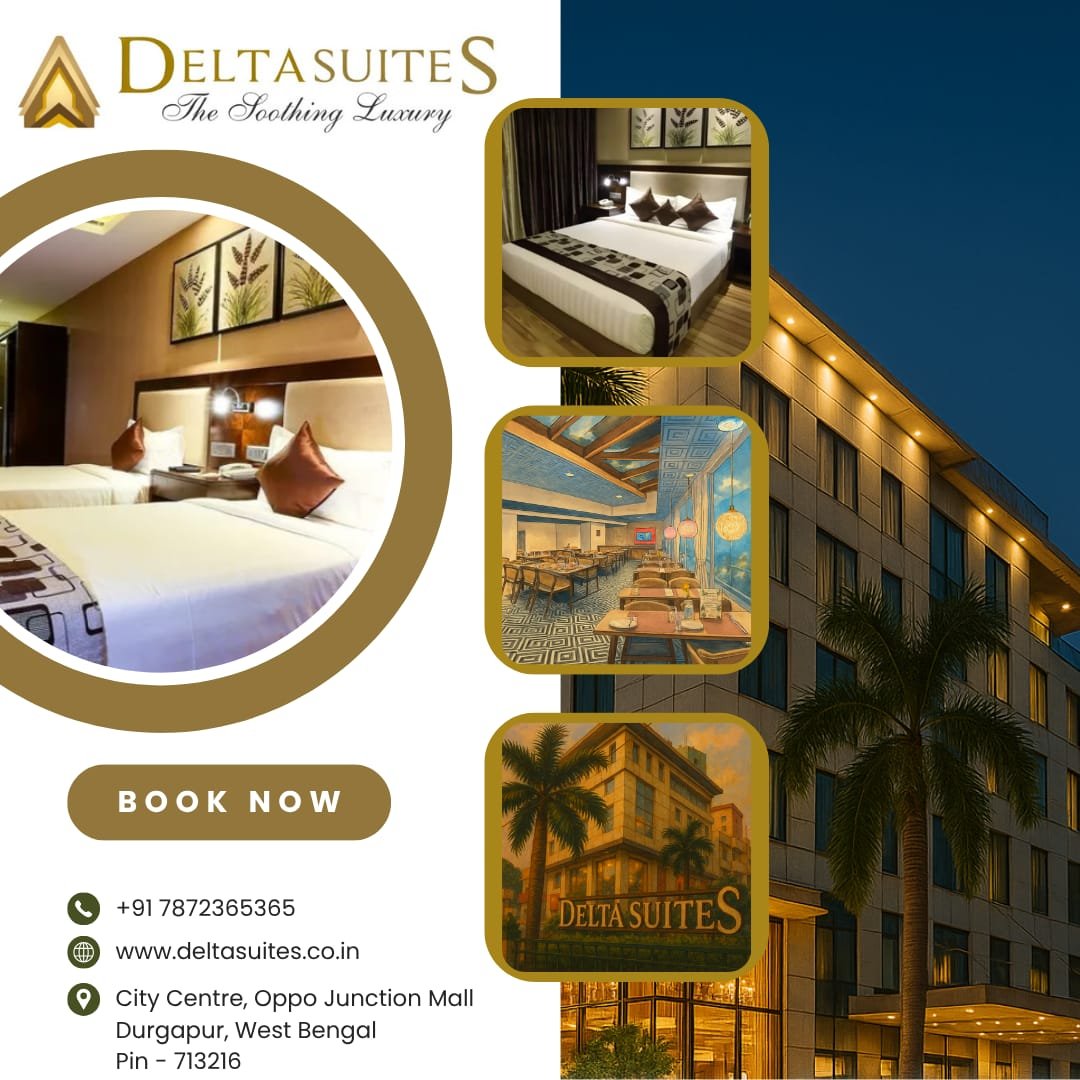






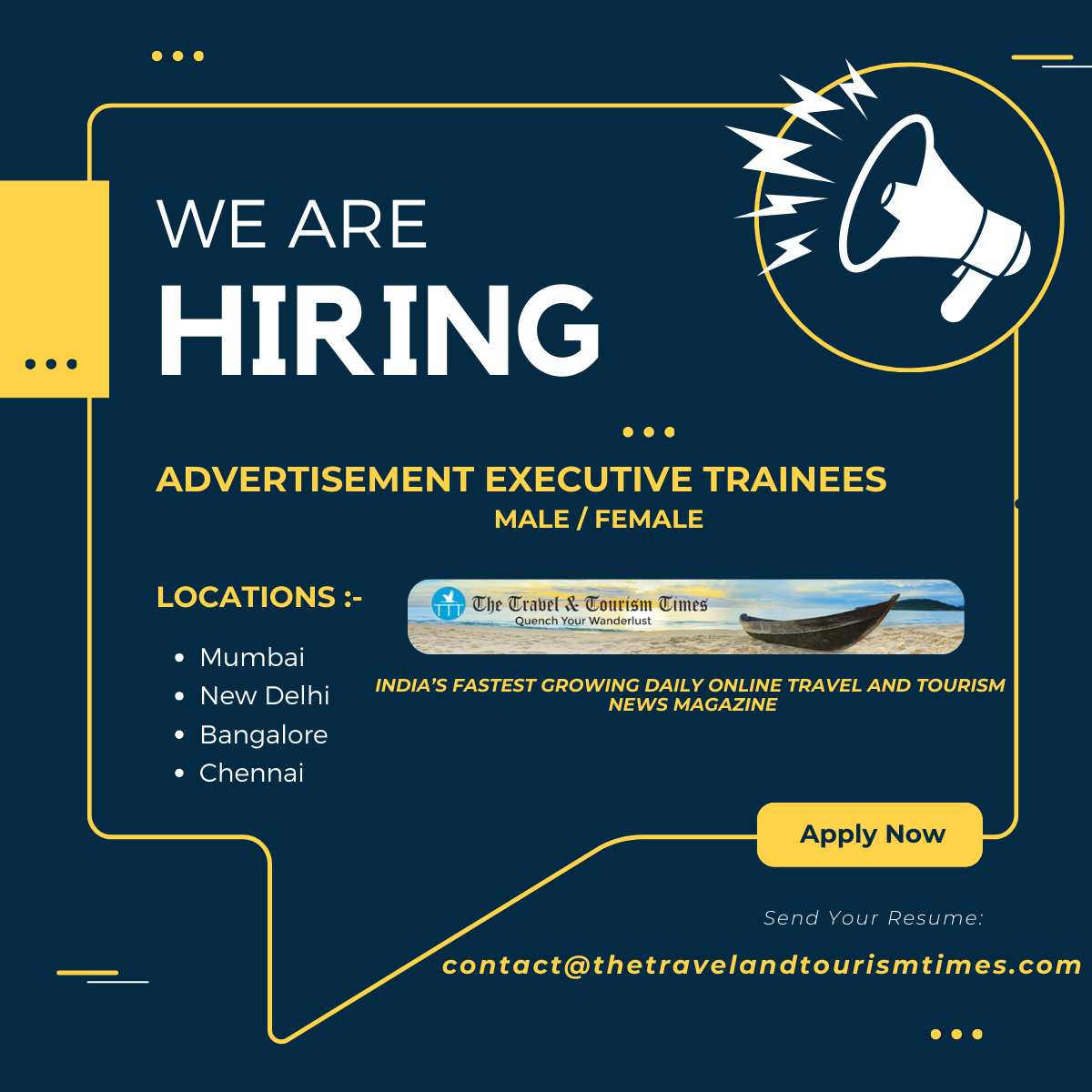











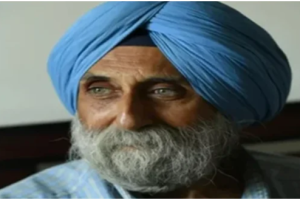
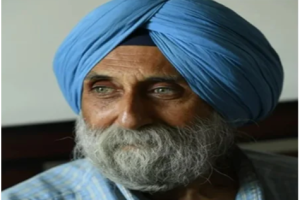








Add Comment